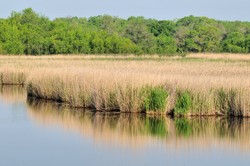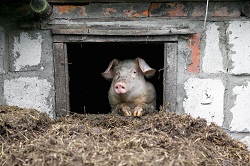Europe's water cleaned up
The EU's Water Framework Directive (WFD) requires all towns with a population of more than 2 000 people to have a wastewater treatment system. However, many small and medium-sized towns cannot afford the energy and maintenance costs of conventional treatment plants, and still do not have this service. One solution may be found in a natural water purifying process. Wetlands act as natural biofilters, removing contaminants, sediments and pollutants from water. These functions can be replicated by constructing artificial wetlands with vegetation and gravel or sand filter beds that remove contaminants and pollutants from wastewater. The purpose of the EU-funded HIGHWET(opens in new window) (Performance and validation of high-rate constructed wetlands) initiative was to develop and validate two new constructed wetlands (CWs) for municipal- and industrial-scale wastewater treatment. First, a horizontal CW with a hydrolytic up-flow sludge bed (HUSB) anaerobic digester was designed to treat municipal wastewater. With this configuration, particles are filtered out and organic compounds are degraded by microorganisms as the wastewater flows horizontally through a gravel- and sand-filled basin. The second, designed to treat high-load organic industrial wastewater, combined a HUSB reactor, an aerated horizontal CW and a vertical CW. With vertical CWs, water flows vertically down through the filter matrix to the bottom of the basin where it is collected in a drainage pipe. To test this configuration, researchers used industrial wastewater from the food and beverage sector as well as livestock farms. The combined system coped with high organic loads, reducing the amount of land required by a factor of two to four compared with conventional CWs. The high capacity, low land requirement and low cost of HIGHWET's CWs make them ideal for small-to-medium sized towns, industries and farms. Importantly, this technology will help to bring Europe in line with EU water sanitation policies.







